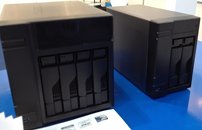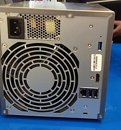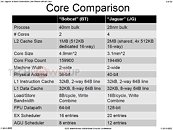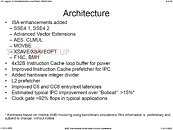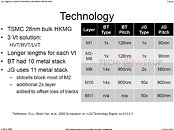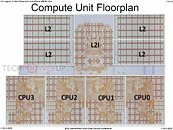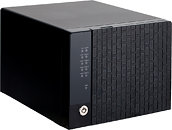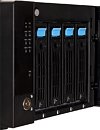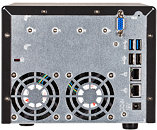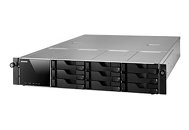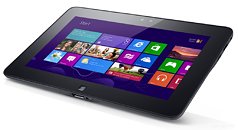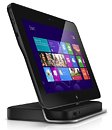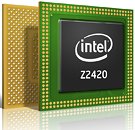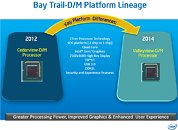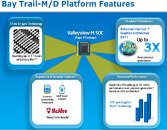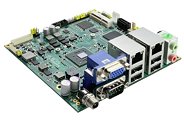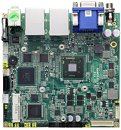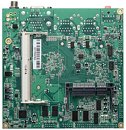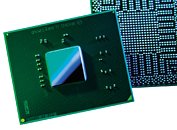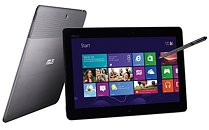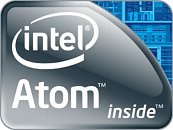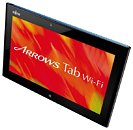In an interview with DigiTimes, ASUS general manager of motherboard business Joe Hsieh commented on reports of Intel abandoning CPU sockets in favor of processors being hardwired to motherboards in BGA packages. Hsieh said that the issue will not be as bad as people think and Intel could find a strategy that allows both soldered and socketed processors to be sold, which is much like today, except that hardwired processors are limited to notebooks (Core i3 and i5 processors in the BGA1224 package) and low-end Atom-driven desktop motherboards.
What lends Hsieh's statement weight, apart from the fact that he leads the biggest PC motherboard design team, is that Intel recently
denied those reports, saying it would provide socketed CPUs for "the foreseeable future." Last month, Japanese publication PC Watch, credited for generally accurate tech predictions based on information at hand,
reported that following its 22 nm Core "Haswell" CPU family, Intel could transform its entry-, mainstream-, and performance-segment client CPUs to hardwired BGA packages, probably leaving socketed CPUs only to HEDT (high-end desktop) and enterprise Xeon processor lines. Other PC motherboard vendors DigiTimes spoke with echoed ASUS' opinion, they don't believe Intel could "suddenly" completely change the way processors are sold to consumers.
